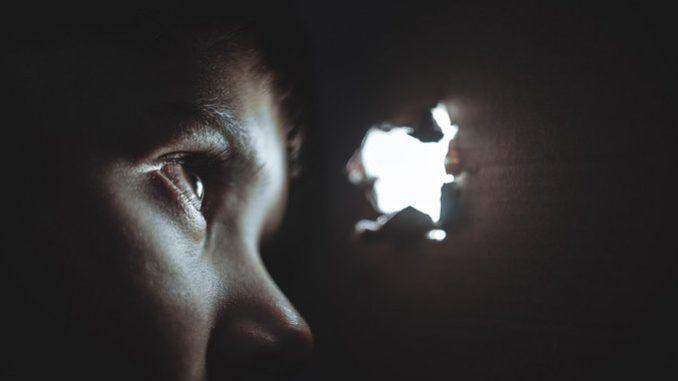
Our eyes are continuously bombarded by an enormous amount of visual information—millions of shapes, colors, and ever-changing motion all around us. For the brain, this is no easy feat. On the one hand, the visual world alters continuously because of changes in light, viewpoint, and other factors. On the other, our visual input constantly changes due to blinking and the fact that our eyes, head, and body are frequently in motion.
To get an idea of the “noisiness” of this visual input, place a phone in front of your eyes and record a live video while you are walking around and looking at different things. The jittery, messy result is exactly what your brain deals with in every moment of your visual experience. This can be seen also in the video below. The white circle on the right shows potential eye movements, and the blurry blob on the left reveals the jumpy visual input in every moment.
Yet, seeing never feels like work for us. Rather than perceiving the fluctuations and visual noise that a video might record, we perceive a consistently stable environment. So how does our brain create this illusion of stability? This process has fascinated scientists for centuries and it is one of the fundamental questions in vision science.
